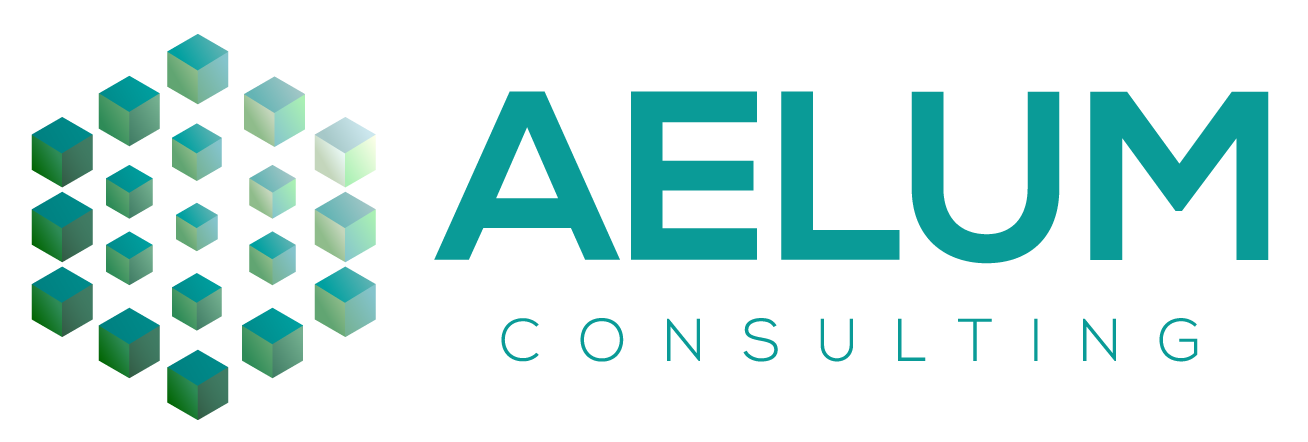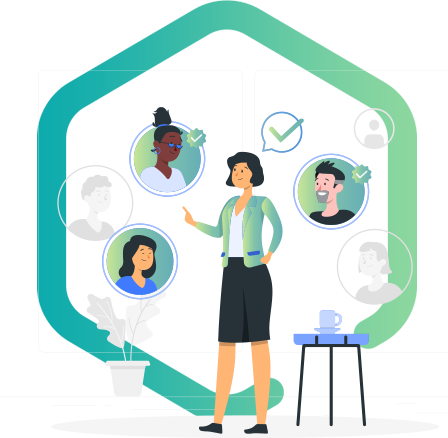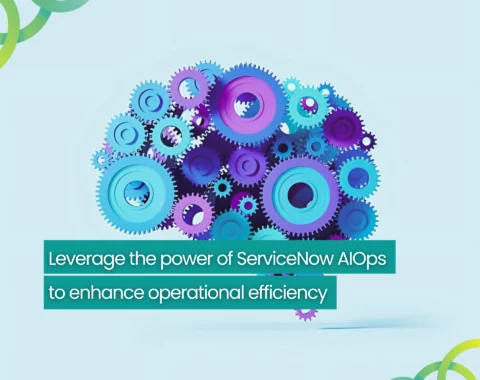Creating a positive and engaging work environment for employees has become increasingly challenging yet essential in today’s business world. Effective employee engagement and productivity not only help to retain talent but also attracts new talent to the organization.
ServiceNow HRSD

ServiceNow HRSD Implementation
Modern employees have high expectations for seamless communication, reliable service, and adequate support, regardless of their work location. They prefer greater self-service options through digital channels and seek flexible working arrangements.
- Therefore, employers must take responsibility to simplify the process for employees to receive prompt responses, make necessary requests, and instantly resolve any issues.
- The ServiceNow HR Service Delivery module lets employers personalize content experiences on a unified platform and ensure efficient service delivery across multiple departments.
- This single portal enables employees to conveniently access services from various departments and functions, accomplish necessary tasks, and interact through tailored communications.
Boost Employee Productivity and Engagement
-
Streamline Service Accessibility
ServiceNow HRSD module provides a unified and simplified interface that helps organizations transform complex HR processes into easily scalable services and support for their employees.
-
Facilitates Employee Engagement
With embedded experiences powered by ServiceNow HRSD, employees can access HR services and support directly from their preferred digital platforms, including mobile devices, chatbots, and messaging apps.
-
Nurture Hybrid Talent
ServiceNow HRSD's flexible and adaptable workflows work for today's needs and tomorrow's possibilities and support a variety of work arrangements, such as remote work, hybrid work, and flexible schedules.
-
Transform Employee Journey
ServiceNow HRSD's automated workflows and personalized communications can provide employees with relevant and timely feedback and learning opportunities to support their career development and skill enhancement.

HRSD Implementation Methodology
Plan
Conducting current-assessment of HR process and defining the project scope, objectives, and success criteria. I.e., your objective can be something like the – to improve the employee experience and increase operational efficiency by streamlining HR service delivery.
Configure
Configuring the ServiceNow HRSD solution based on the requirements gathered during the planning phase, such as automating the benefits enrollment process or integrating the HR portal with other enterprise systems such as payroll and time tracking.
Validate
Testing the HRSD solution to ensure that it meets the defined requirements and is ready for deployment. This also includes user acceptance testing, where a sample group of employees tests the HR service delivery system to ensure that it is user-friendly and meets their needs.
Deploy
Deploying the ServiceNow HRSD solution and ensuring that it is adopted by employees and managers. Also providing ongoing support and training to ensure that the software solution continues to function correctly and meets the needs of employees and managers.
Improvement
Analyzing metrics such as portal usage, employee satisfaction, and operational efficiency to identify areas for improvement. Refining the solution in terms of adding new features or optimizing existing workflows based on the user feedback and data analysis.
Deliver Unified Work Experience with ServiceNow

Issue Resolution with AI
With chatbots and virtual agents, employees can get personalized support and guidance, access relevant HR information, and complete tasks seamlessly.

Employee Center
Centralize multi-department services and personalized content experiences on a modern employee experience platform that delivers unified and consistent experiences from any channel of choice.

Employee Journey Management
With the ability to capture and take action on feedback, gain insight, and improve the employee experience, managers can provide the support their employees need to perform their best.

HR Agent Workspace
Provide a single unified portal for multi-department service delivery, allowing organizations to effortlessly expand their service solutions across HR, IT, Workplace Services, and Legal.

Employee Document Management
Enjoy seamless integration of automatic purge and legal hold time support, along with heightened security measures.

Process Optimization
Achieve optimal HR process performance by leveraging in-platform process mining to reveal concealed inefficiencies and roadblocks.
Frequently Asked Questions
HR Service Delivery refers to the set of processes, technologies, and strategies that an organization uses to manage and deliver HR services to its employees. It includes various activities such as employee data management, benefits administration, payroll processing, and employee self-service portals.
Organizations need HR Service Delivery solutions because they help them streamline HR operations, reduce manual effort, enhance employee experience, and improve compliance with HR regulations.
With an effective HR Service Delivery model in place, your HR team can focus on strategic initiatives rather than administrative tasks, and employees can access HR services more efficiently and conveniently. This can result in increased productivity, improved employee satisfaction, and, ultimately, better business outcomes.
Payroll processing with an HR Service Delivery system typically follows the following steps:
- Employee data management: The HR Service Delivery system maintains employee data such as personal information, job details, compensation, and tax information in a centralized database.
- Time and attendance tracking: The system records employee work hours, time off requests, and other attendance-related information to calculate accurate payroll.
- Payroll calculations: The system uses employee data and time and attendance records to calculate the gross pay, taxes, and deductions for each employee.
- Payment processing: The system generates paychecks or direct deposit transfers for the employees based on the calculated payroll.
- Tax and compliance reporting: The system generates tax forms and other compliance-related reports required by federal and state governments.
An HR Service Delivery system can automate many of these steps, reducing manual effort and errors and ensuring compliance with regulations. It can also provide employees with self-service access to their payroll information, allowing them to view their pay stubs, update their tax withholding, and conveniently access other payroll-related information.
ServiceNow HRSD provides an extensive set of features to help you resolve employee issues automatically. Here are some ways you can use HRSD to automate issue resolution:
- Case management: ServiceNow HRSD allows you to create cases automatically when employees submit HR-related requests or issues through self-service portals or other channels. You can define workflows and business rules to route cases to the appropriate HR agent or department automatically, based on the request type and other criteria.
- Knowledge management: HRSD includes a knowledge base that you can use to capture HR policies, procedures, and other information. When an employee submits a request or issue, the system can search the knowledge base automatically and suggest relevant articles or solutions to the HR agent.
- Virtual agents: HRSD allows you to create virtual agents powered by artificial intelligence (AI) and natural language processing (NLP) that can interact with employees to resolve common HR issues without human intervention. Virtual agents can answer questions about benefits, policies, and procedures or guide employees through self-service tasks, such as updating personal information.
- Chatbots: HRSD provides a chatbot interface that you can use to interact with employees and resolve issues automatically. Chatbots can respond to employee queries, capture information about HR-related requests or issues, and route them to the appropriate HR agent or department.
By leveraging these features, you can automate many HR issue resolution tasks, reduce manual effort, and improve employee satisfaction. In addition, ServiceNow HRSD also allows you to track key performance indicators (KPIs) related to issue resolution, such as case resolution time and first call resolution rate, to continuously improve your HR service delivery.
ServiceNow HR Service Delivery (HRSD) is different from traditional HR management software in several ways:
- Scope: HR management software typically focuses on core HR functions such as payroll, benefits administration, and employee data management. HRSD, on the other hand, provides end-to-end HR service delivery capabilities, including case management, knowledge management, employee self-service, and issue resolution automation.
- Automation: While HR management software may provide basic automation for routine HR tasks, HRSD goes beyond this by providing advanced automation capabilities for issue resolution, such as virtual agents and chatbots.
- Integration: HR management software may be designed as a standalone system or integrated with other HR systems such as time and attendance tracking, recruitment management, and performance management. HRSD, however, is built on the ServiceNow platform, which provides seamless integration with other enterprise systems and processes, such as IT service management and customer service.
- User experience: HRSD strongly emphasizes the employee experience, providing a modern, consumer-grade user interface and self-service portals that allow employees to access HR services conveniently from any device. On the other hand, a typical HRM software lacks this.
- Analytics: HRSD provides advanced analytics capabilities, allowing you to track and measure key performance indicators related to HR service delivery, such as case resolution time and employee satisfaction.
Overall, HRSD provides a more comprehensive and modern approach to HR service delivery, combining automation, integration, and a focus on employee experience to deliver better business outcomes.
Yes, ServiceNow HR Service Delivery (HRSD) can be customized to fit your organization’s unique needs. HRSD is built on the Now Platform, which provides a robust set of tools for customization and configuration. You can tailor HRSD to your organization’s specific requirements by modifying workflows, forms, fields, and user interfaces.
Additionally, HRSD includes a set of out-of-the-box modules and templates for common HR processes, such as onboarding, offboarding, and benefits enrollment. These modules can be customized to fit your organization’s specific processes and policies.
Lastly, ServiceNow provides a community of developers and partners who can provide additional customization and integration services to further tailor HRSD to your organization’s needs. Aelum Consulting is among these top ServiceNow companies.
Our Clients
































































